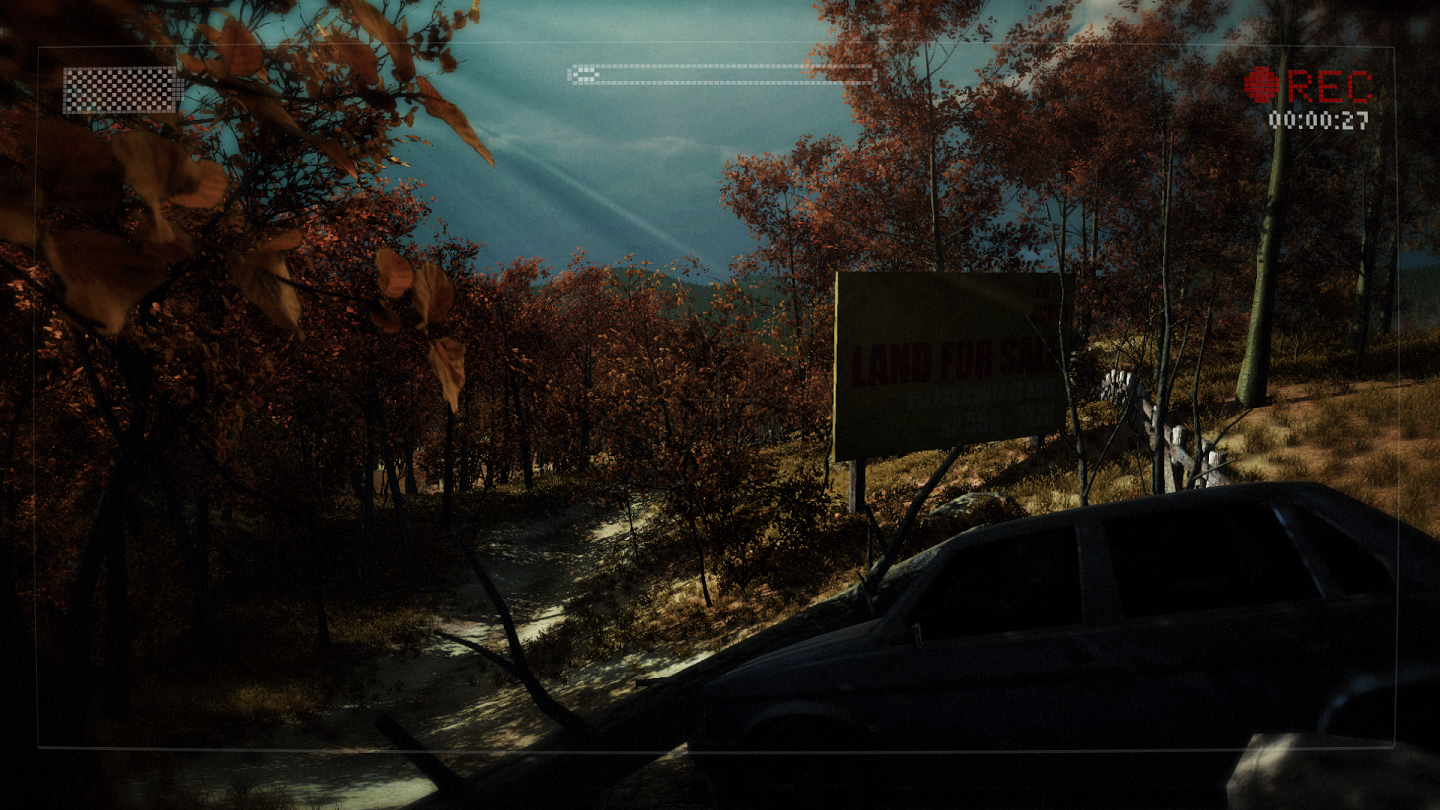So I recently saw this reaction video to Alien Isolation and I thought it showcased a few interesting problems with horror games. These are not issues that are specific to this game, but that plague horror games in general. We’ve had these problems in all of our games and are currently trying avoid them as much as possible in our upcoming game, SOMA. So I’m not trying to take a shot at Alien Isolation here (I’m looking forward to playing it!) but the video demonstrated these issues so clearly that it’s worth focusing on it for this article. That said, let’s move on to the two hardest problems in horror.
4-Layers, A Narrative Design Approach
This blog post will be about a new way to approach narrative design in games – the 4 Layers Approach. It is based on a GDC talk I gave in March this year. The approach is primarily meant to suggest a workflow that focuses on the story and makes sure the narrative and gameplay are connected. The end goal is to create games that provide a better interactive narrative.
GDC 14 Lecture Resources
I am making this blog as place with extra resources for a talk I will be giving at GDC on Tuesday next week (14.20 at the Narrative Summit). The talk is called “Making Storytelling a Fundamental Part of the Gameplay Experience” and will be about a new approach to narrative design called 4-Layers.
The Five Foundational Design Pillars Of SOMA
The foundational design pillars of SOMA. When creating a game I think it is crucial to have a few basic rules that underlie all other decisions. That way it is much easier to keep everything on track and get the final game to play out as intended. For SOMA our intention is to craft an experience where players become deeply connected and affected by the game’s world and themes.
Gone Home – The Amnesia Edition
From time to time we get requests from people who want to license our HPL2 engine in order to make a commercial game. This is quite flattering, but the answer is always “no”. Our reply is to simply state that there is no documentation, we do not have time for support and they are better …
Useful Tips for Horror Game Designers
A while back Chris Pruett (creator of the excellent Chris’s Survival Horror Quest and currently at work with some creepy stuff at Robot Invader) and I had some discussion about common horror / puzzle tropes over twitter. Now all of these little nuggets, and more that came up during subsequent mail discussions, have been collected into a nice blog post by Chris. If you are ever going to make a survival horror please read this first.
5 Core Elements Of Interactive Storytelling
Over the past few years I have had a growing feeling that videogame storytelling is not what it could be. And the core issue is not in the writing, themes, characters or anything like that; instead, the main problem is with the overall delivery. There is always something that hinders me from truly feeling like I am playing a story. After pondering this on and off for quite some time I have come up with a list of five elements that I think are crucial to get the best kind of interactive narrative.
Thoughts on The Last of Us
I have now finished playing The Last of Us and feel it has quite a few things worth discussing. Overall it is a great game and there is a lot that can be learnt from it.
Nailing Down Terminology
One thing lacking in game design, especially when it comes to interactive storytelling, is a proper set of terms. While I do not think having a precise terminology will directly aid in making games better, it will help us communicate better. As proper communication is crucial for progress, proper terms are indirectly an important part of making better storytelling games. Because of this, I am going to go over some terminology that I find essential, what I mean by them and why I define them in a certain manner.
Thoughts on Slender: The Arrival
Slender: The Arrival is the commercial version of a free game called Slender. The original was based upon a a simple concept: find eight pieces of paper before the Slenderman, a now famous creature that started out as an internet meme, gets you. I wrote a blog post about the game when it was released and as a short experiment I found it quite interesting, but wondered how one would make it into a longer experience. So when I heard a commercial version was in the works I became quite curious, and gave it a go soon after release.


